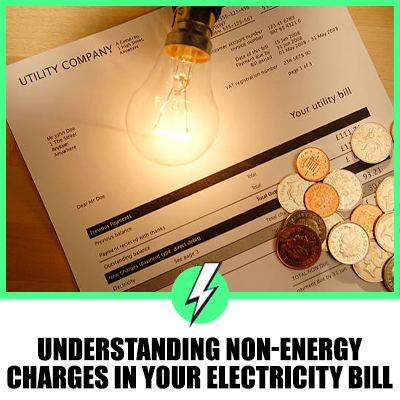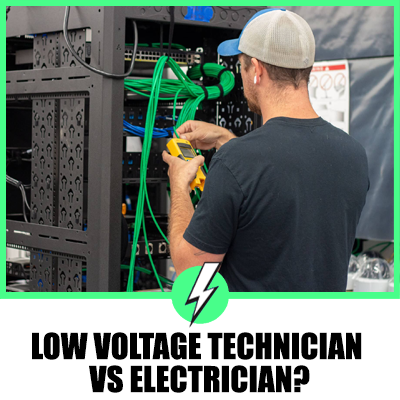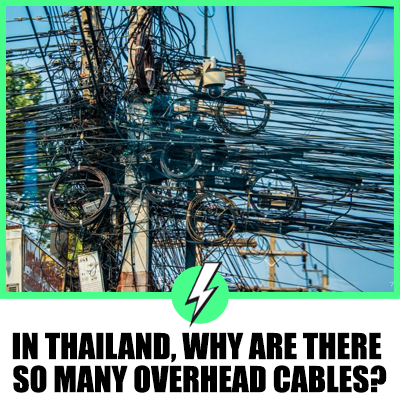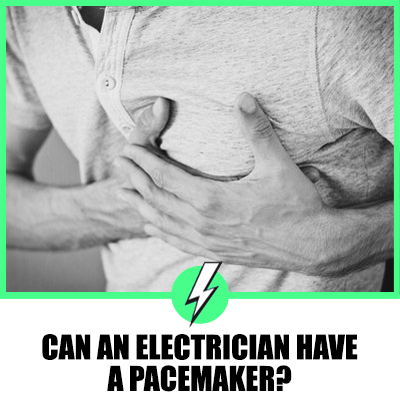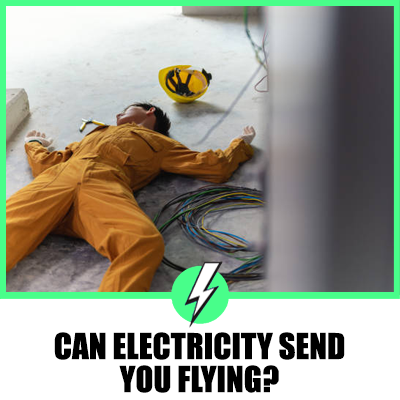Convert 3 Phase to Single Phase 220V
Tackling the conversion from 3 phase power to single phase 220V might seem like a daunting task, but it’s a viable solution for those needing to adapt their home or small business setups.
Whether you’re dealing with specific machinery requirements or customizing your workspace, having a clear understanding of this conversion process is invaluable. With the right guidance and tools, you can efficiently transform 3 phase power to meet your single-phase needs, ensuring your electrical systems are both safe and functional.
Well, we’ll be going over:
- What’s the difference between 3 phase and single phase power, and why does it matter for your conversion?
- Why might you need to convert to 220V single phase power, and what advantages does it bring?
- What equipment will you need to carry out this conversion effectively and safely?
- How can you ensure a smooth transition from 3 phase to single phase 220V, step by step?
Let’s dive in.
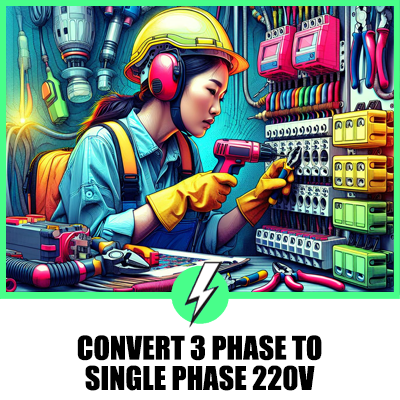
Contents
Understanding 3 Phase and Single Phase Power
Before diving into the conversion process, it’s essential to grasp what 3 phase and single phase power entails.
Three phase power is commonly used in industrial and commercial settings due to its efficiency in running heavy machinery and equipment. It consists of three alternating currents, delivering power in a constant, seamless flow.
This reliability and strength make it ideal for environments that require high energy continuously.
On the other hand, single phase power is more prevalent in residential areas. It utilises two wires – one active and one neutral – making it simpler and safer for home appliances.
The simplicity of single phase power makes it the preferred choice for everyday electronics, such as computers, lights, and TVs.
Understanding the differences between these two types of power is crucial when considering the conversion from 3 phase to single phase 220V.
Knowing your requirements and the capacity of your appliances can help in determining the appropriate approach for conversion.
Reasons for Converting to 220V Single Phase
When contemplating a conversion from 3 phase to 220V single phase power, you’re likely driven by specific needs or circumstances.
One major reason for this switch is the requirement to power home appliances or tools that exclusively run on single phase electricity.
Many residential devices are not compatible with 3 phase power, making the conversion essential for their operation.
Another compelling reason might be the cost and availability of power in your area. In certain locations, single phase power is more readily accessible and less expensive than 3 phase power, significantly reducing your energy bills.
This is particularly true for residential areas where single phase power is the norm.
Furthermore, the simplicity and safety of single phase power cannot be overstated. It’s easier to install and maintain, making it an attractive option for small businesses and homes.
This transition allows for a safer environment with a reduced risk of electrical accidents, a priority for anyone’s safety standards.
By understanding these motivations, you’re better equipped to make an informed decision regarding the conversion to 220V single phase power, ensuring your appliances run efficiently and safely.
Equipment Needed for the Conversion
When you’re looking to convert 3 phase to single phase 220V, having the right equipment is critical. You’ll need a phase converter, designed to manage this specific conversion process efficiently.
There are two primary types of converters you might consider: rotary converters and digital (solid-state) phase converters.
Rotary converters are well-suited for heavy-duty machinery and tools, while digital converters are more appropriate for sensitive electronics due to their precise control over power quality.
Here’s a quick list of equipment you might need:
- Phase Converter (Rotary or Digital)
- Circuit Breakers or Fuses
- Electrical Cables and Connectors
- Voltage Meter
Ensuring that you have a voltage meter is crucial, as you’ll need to verify the output voltage is indeed 220V single phase before connecting any appliances. Additionally, the correct sizing of the converter is paramount.
It’s based on the combined power requirement of all the equipment you intend to run. Underestimating this can lead to inefficiencies or damage to your equipment, so consult with a professional if you’re unsure.
Finally, safety cannot be overlooked. Circuit breakers or fuses are a must to protect your setup from overload or short circuits.
With the right materials in hand, you’re well on your way to successfully converting 3 phase to single phase 220V, ensuring your appliances run smoothly and efficiently.
Step-by-Step Guide to Converting 3 Phase to Single Phase
Converting 3 phase to single phase 220V might seem daunting, but with the right approach, you’ll manage it efficiently. Once you’ve got all the necessary equipment in place, follow these steps to ensure a smooth conversion process.
Firstly, ensure your phase converter is correctly sized for the load it will handle. This step is crucial for maintaining efficiency and protecting your equipment from potential damage.
Next, install circuit breakers or fuses to act as a safeguard against overloads or short circuits.
This safety measure cannot be overlooked, as it ensures your system runs smoothly without risking damage to your appliances or, more importantly, your safety.
Connect electrical cables from your phase converter to the equipment or appliances you’re powering.
These connections are vital for a successful conversion and should be done with precision. Use appropriate connectors that match your system’s requirements to avoid any mismatch issues.
Lastly, use a voltage meter to verify the output voltage is indeed 220V. This step is imperative to ensure your appliances or machinery operates within their specified voltage range, ensuring both performance and longevity.
Safety Precautions and Tips
When tackling the conversion from 3 phase to single phase 220V, putting safety first is not just advice—it’s a necessity. You’re dealing with high voltage, and mishaps can have serious consequences.
- Wear Protective Gear: Always wear insulated gloves and eye protection. Electricity is unforgiving, and personal protective equipment is your first line of defence.
- Disconnect Power: Before you start, ensure the power supply is completely disconnected. This prevents accidental electrocution and allows for a safe working environment.
- Use Correct Tools: Employ tools specifically designed for electrical work. These are insulated and reduce the risk of accidental short circuits.
- Check for compatibility: Ensure that your phase converter, circuit breakers, and any other equipment are compatible with both your power supply and the appliances or machinery you plan to use.
- Professional Inspection: After installation, have a qualified electrician inspect your setup. This ensures everything is up to code and operates safely.
By following these precautions and tips, you increase not just the efficiency of your conversion process but also your safety and that of your property.
Conclusion
By now you’ve got a solid grasp on how to convert from 3 phase to single phase 220V power. Remember, prioritising safety can’t be overstated.
Wearing the right protective gear and using the appropriate tools are just the beginning. Ensuring your equipment is compatible and having a professional electrician review your work are critical steps that safeguard your setup.
These precautions not only protect you but also ensure the longevity and efficiency of your electrical system. So go ahead, apply these insights and enjoy the benefits of your newly converted power system with confidence.
